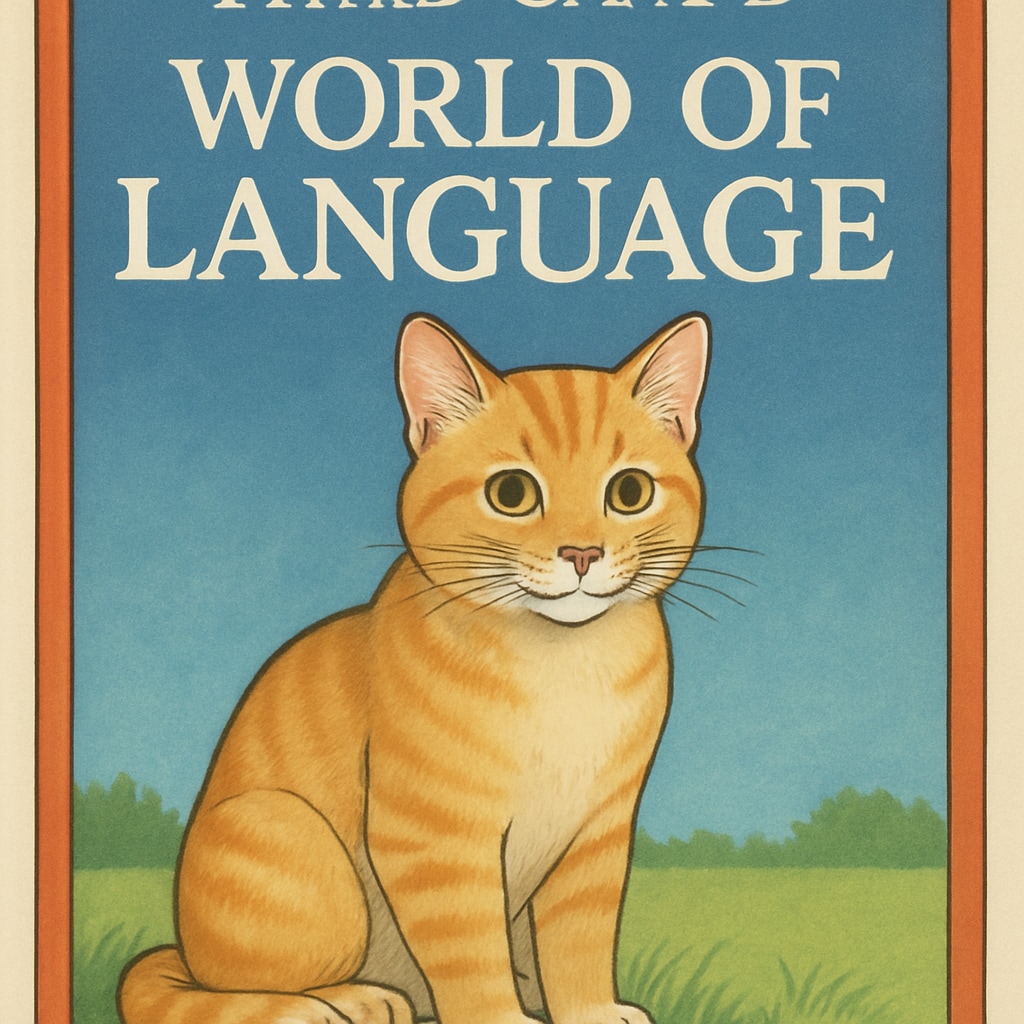The “World of Language” elementary language textbooks, particularly the third-grade edition featuring the unforgettable cat cover, hold a cherished spot in the hearts of many educators and students. These textbooks exemplified the perfect blend of systematic instruction, engaging content, and deep learning strategies that cultivated linguistic proficiency in young learners. In today’s digital era, where educational resources are abundant yet often fragmented, the wisdom behind the “World of Language” series remains a valuable guide for cultivating effective language education.

The Systematic Approach to Language Education
The “World of Language” series was meticulously designed to build foundational language skills. Its structured progression introduced students to grammar, vocabulary, and writing techniques in a way that was both methodical and accessible. For example, exercises often integrated storytelling and real-life scenarios, making learning relatable and memorable.
One standout feature was its emphasis on scientific reading methods—where comprehension skills were developed step by step. By focusing on reading strategies such as predicting, summarizing, and questioning, the textbooks empowered students to become active participants in their own learning process. This approach aligns with modern pedagogical practices that emphasize critical thinking.
Engaging Content That Resonated With Young Minds
Beyond its structured teaching methods, the “World of Language” series stood out for its ability to captivate young readers. The third-grade textbook, with its whimsical cat-themed cover, was particularly iconic. Its design wasn’t just about aesthetics; it reflected the playful and curious nature of the lessons inside. Stories often featured relatable characters and scenarios, fostering an emotional connection to the material.

The books also incorporated activities that encouraged creative expression. From crafting short stories to composing poetry, students were given opportunities to apply what they learned in imaginative ways. As a result, the series nurtured not only technical language skills but also a deeper appreciation for the art of communication.
Timeless Lessons for Modern Education
In a time when educational technology dominates classrooms, the “World of Language” textbooks offer a reminder of the importance of cohesive and comprehensive learning. Unlike fragmented apps or platforms, these textbooks provided a holistic framework that integrated reading, writing, and critical thinking seamlessly.
Educators today can draw inspiration from the series by prioritizing depth over breadth. For example, instead of overwhelming students with information, lessons can focus on mastering key concepts through repetition and creative application. Additionally, the balance of structure and engagement seen in “World of Language” remains essential for fostering intrinsic motivation in learners.
Language education on Britannica and Reading comprehension on Wikipedia provide further insights into the foundational strategies that align with the principles of this timeless series.
Preserving the Legacy of “World of Language”
For those who grew up with the “World of Language” series, the textbooks are more than just educational tools—they are nostalgic treasures. They remind us of a time when learning was both rigorous and joyful, where every lesson felt purposeful and engaging.
As modern education evolves, it’s crucial to preserve the legacy of resources like these. By combining their systematic approach with the possibilities offered by technology, educators can create new tools that honor the foundational wisdom of “World of Language” while addressing contemporary needs.
In conclusion, the “World of Language” textbooks, with their iconic cat cover and innovative teaching methods, remain a masterpiece in the world of elementary education. Their emphasis on systematic learning, engaging content, and creative application continues to inspire educators and students alike, proving that true educational brilliance transcends generations.


